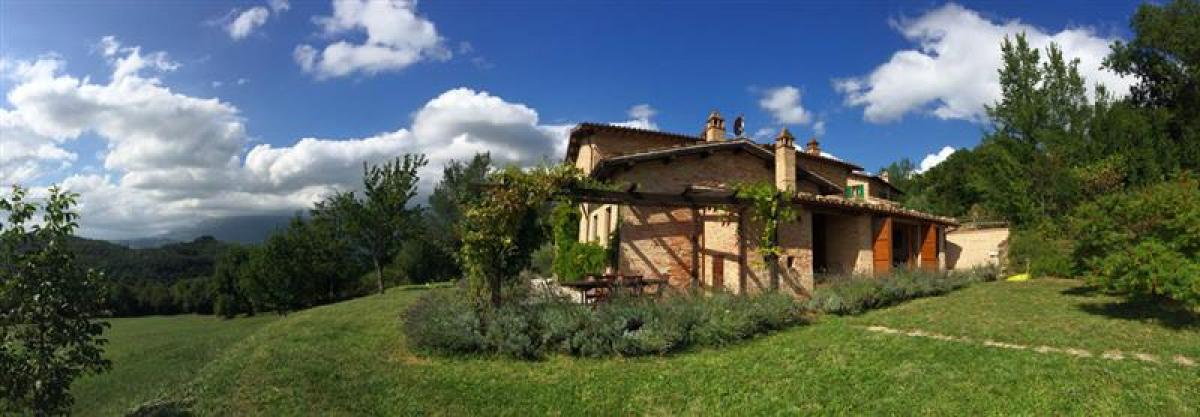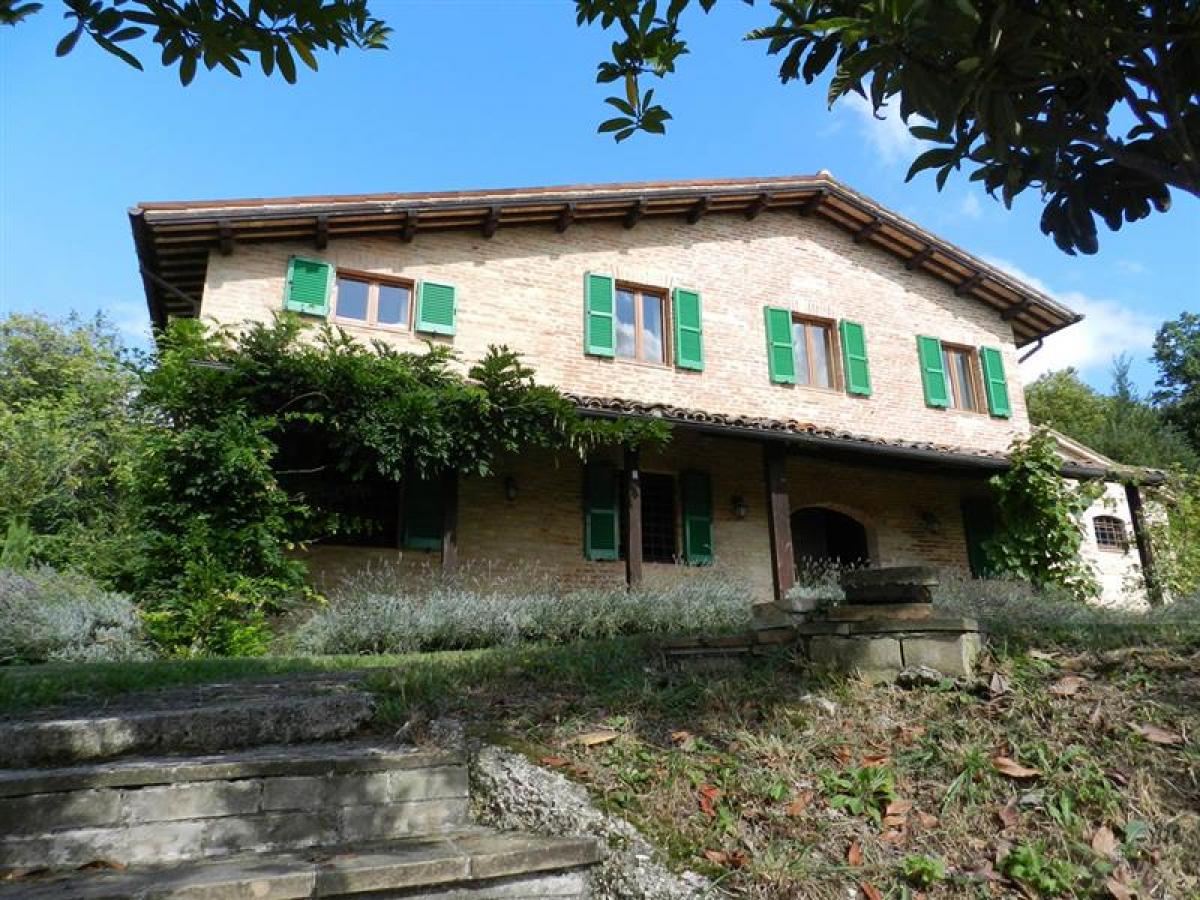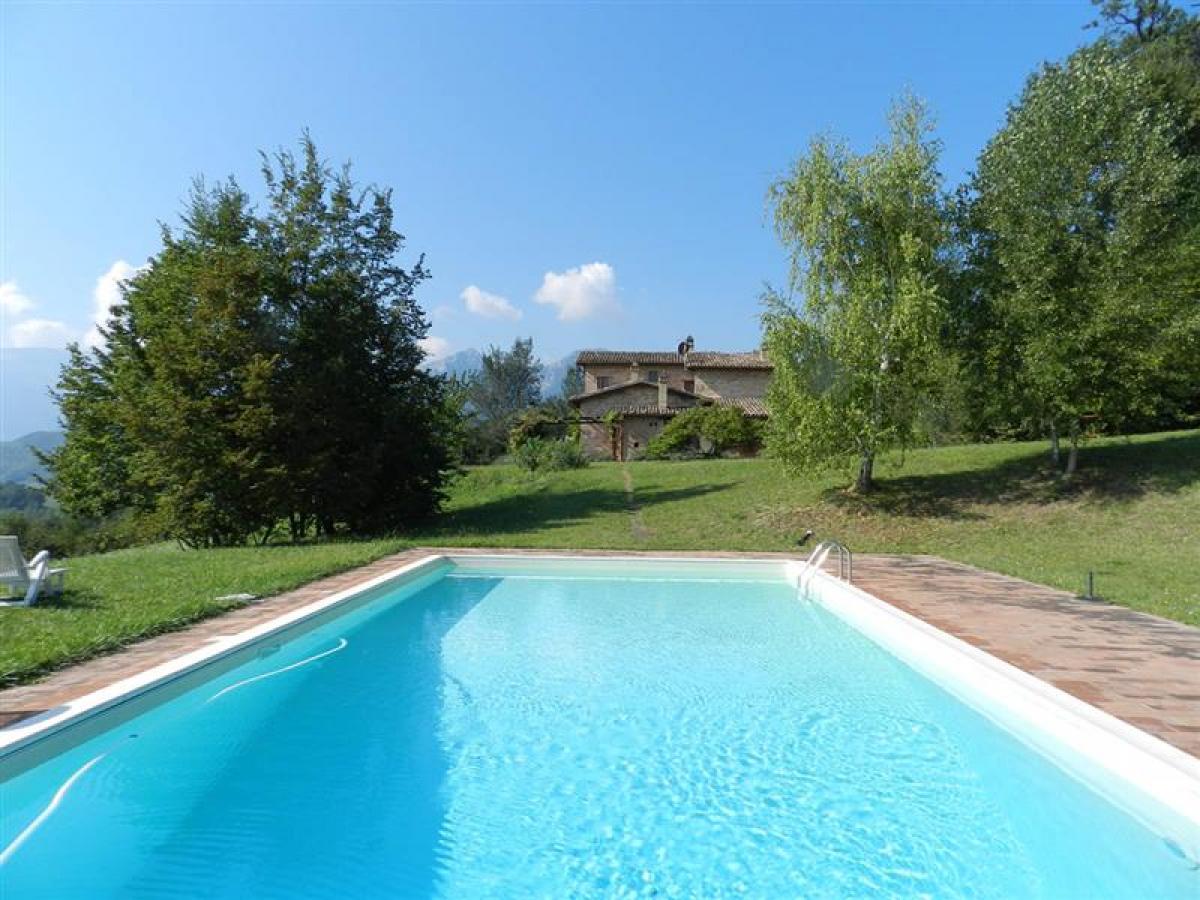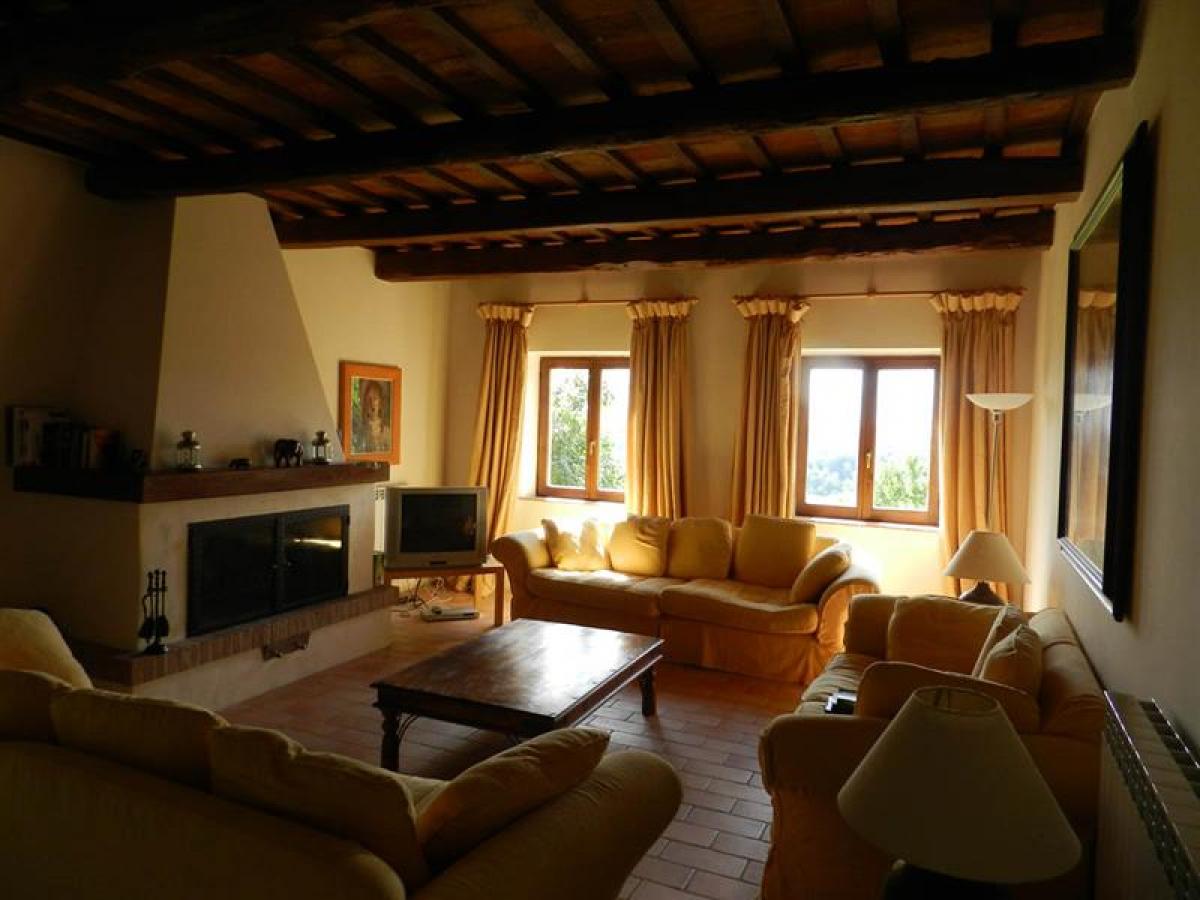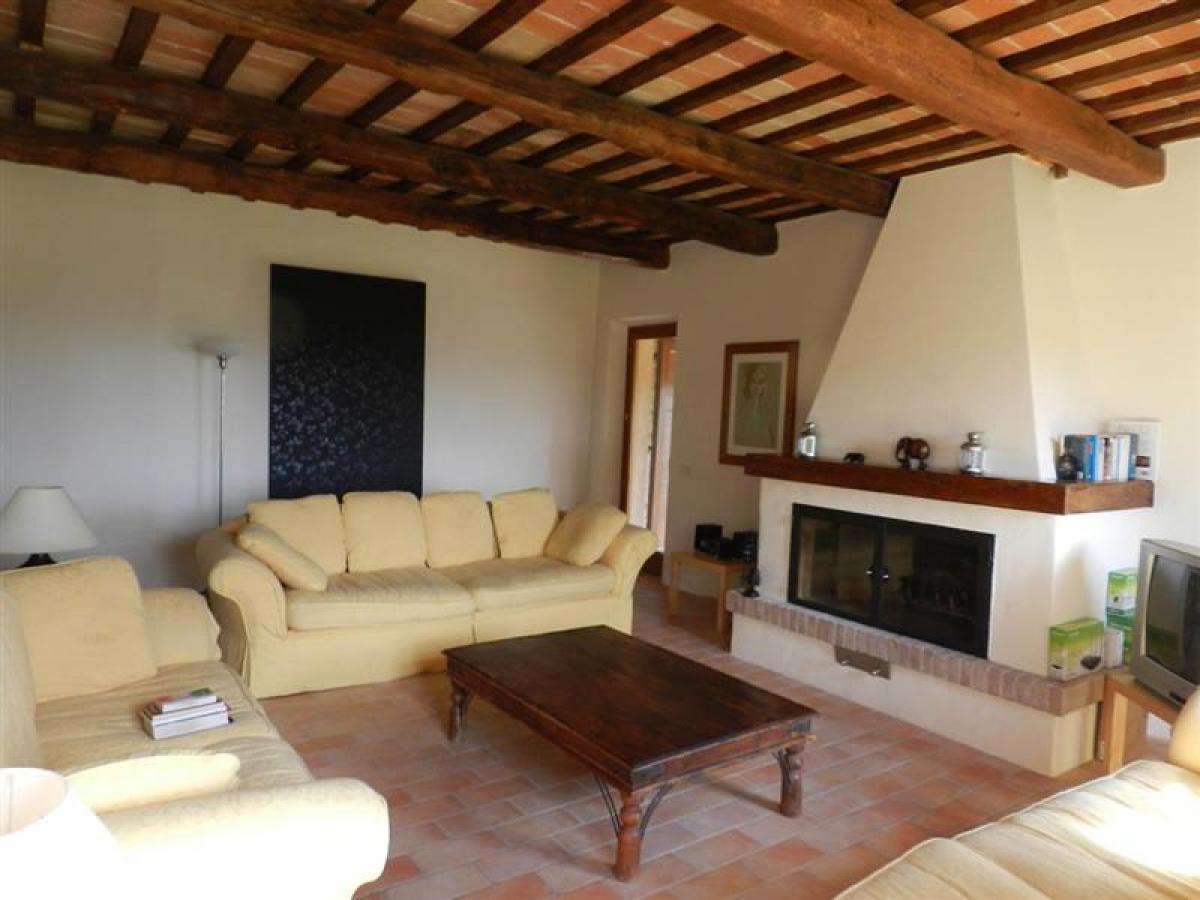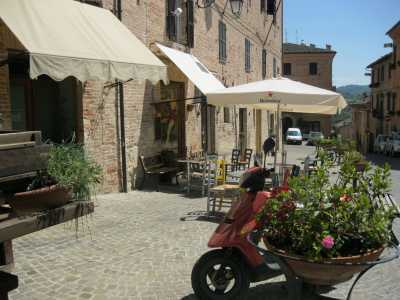Home For Sale
€1,100,000
Sarnano, Marche, Italy
9bd
Year Built: 0
Listed By: Euro Resales
Listed On: 06/09/2023
Listing ID: GL5338758
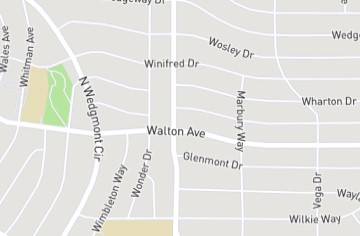
Description
Euroresales Property iD- 9825297Stunning Residential Property with investment and income Potential
2 Traditional italian Houses
Private Location provides maximum privacy
interior Facilities:
9 Bedrooms
2 Kitchens
4 Living Rooms
6 Bathrooms
Mountain and Country Views
2 Dining Rooms
Exterior Facilities:
Large Outdoor Pool
Private Chapel
17 Hectares of Land
Panoramic Views of Rolling Hills and Mountains
Close to a Large National Park
Off Street Parking
Garage
Close to One of the most beautiful villages in italy
About the Area:
Marche is one of the twenty regions of italy. The name of the region derives from the plural name of marca, originally referring to the medieval March of Ancona and nearby marches of Camerino and Fermo. Marche is well known for its shoemaking tradition, with the finest and most luxurious italian footwear being manufactured in this region.
The region is located in the Central area of the country, bordered by Emilia-Romagna and the republic of San Marino to the north, Tuscany to the west, Umbria to the southwest, Abruzzo and Lazio to the south and the Adriatic Sea to the east. Except for river valleys and the often very narrow coastal strip, the land is hilly. A railway from Bologna to Brindisi, built in the 19th century, runs along the coast of the entire territory. inland, the mountainous nature of the region, even today, allows relatively little travel north and south, except by twisting roads over the passes. The Umbrian enclave of Monte Ruperto (a subdivision of the Comune of Citta di Castello) is entirely surrounded by the Province of Pesaro and Urbino, which constitutes the northern part of the region. Urbino, one of the major cities of the region, was the birthplace of Raphael, as well as a major center of Renaissance history.
Marche extends over an area of 9,694 square kilometres (3,743 sq mi) of the central Adriatic slope between Emilia-Romagna to the north, Tuscany and Umbria to the west, and Lazio and Abruzzo to the south, the entire eastern boundary being formed by the Adriatic. Most of the region is mountainous or hilly, the main features being the Apennine chain along the internal boundary and an extensive system of hills descending towards the Adriatic. With the sole exception of Monte Vettore, 2,476 metres (8,123 ft) high, the mountains do not exceed 2,400 metres (7,900 ft). The hilly area covers two-thirds of the region and is interrupted by wide gullies with numerous - albeit short - rivers and by alluvial plains perpendicular to the principal chain. The parallel mountain chains contain deep river gorges, the best known being those of the Furlo, the Rossa and the Frasassi.
The coastal area is 173 kilometres (107 mi) long and is relatively flat and straight except for the hilly area between Gabicce and Pesaro in the north, and the eastern slopes of Monte Conero near Ancona.
Climate is temperate. inland, in the mountainous areas, is more continental with cold and often snowy winters; by the sea is more mediterranean. Precipitation varies from 1000-1500 mm. per year inland and 600-800 mm. per year on the Adriatic coast.


